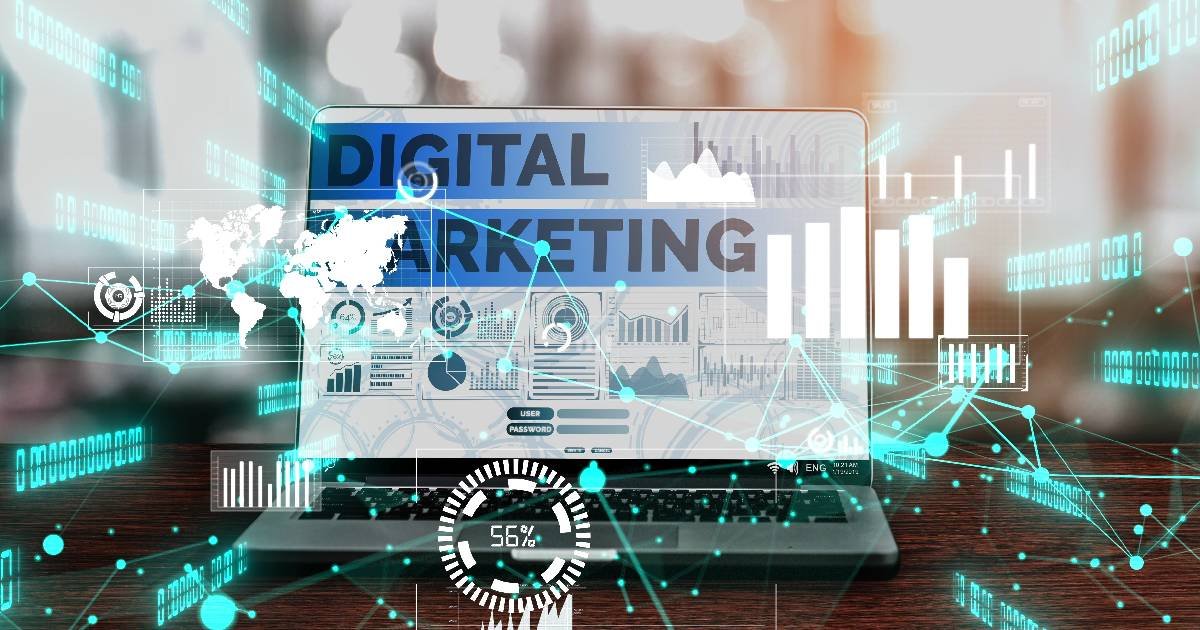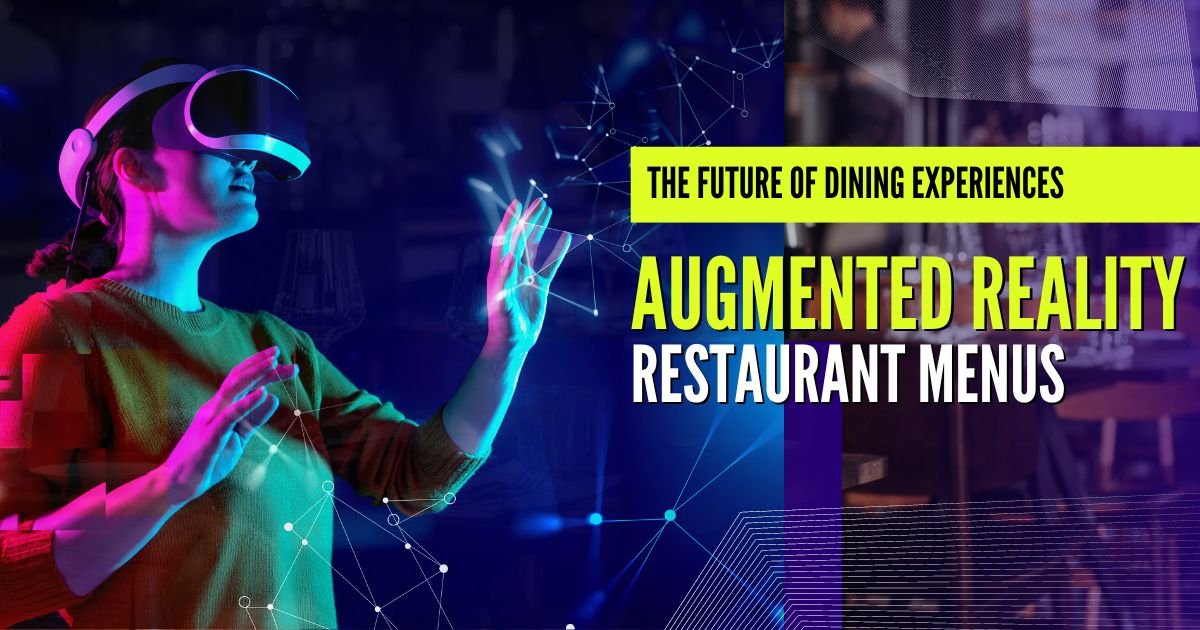Email Marketing for Restaurants: Building Loyalty One Click at a Time
Welcome hungry readers! If you own or manage a restaurant, this blog post is for you. We’re going to dive into why email marketing is critical for restaurants looking to build loyalty and repeat business.
Email allows inexpensive targeted communication with your customers—far more affordable than print or direct mail. With email, you can segment customers, track results, and refine your approach for maximum impact. We’ll explore proven email strategies to keep customers coming back for more while growing your subscriber list. Let’s dig in!
The Power of Email Marketing for Restaurants
Email is one of the most cost-efficient marketing channels. With just an internet connection, you can communicate offers instantly to thousands for a fraction of the cost of print and direct mail. The average return on investment for restaurant email marketing is $42 for every $1 spent—an impressive 4,100% ROI.
Here are some of the key advantages email marketing provides over other channels:
- Cost-effective – Sending emails is free after initial setup costs. You only pay for the email service provider which can be as little as $10/month. Far more affordable than print, TV, radio or direct mail.
- Measurable – Emails give you data. See open rates, click rates, bounce rates, unsubscribes. Use this info to refine your approach. Harder to quantify results with traditional media.
- Targeted – Segment your list demographically, by purchase history, etc. and send relevant content. Impossible with broad channels like billboards.
- Flexible – Send different emails to different segments at optimal cadences. One size doesn’t fit all.
- Drives Action – Use calls-to-action to get readers to visit, order online, use a promo code etc. Track conversions.
- Branding – Communicate your brand personality through campaigns. Share your story and mission.
- Loyalty – Special offers, clubs and incentives bring customers back again and again.
As you can see, email ticks all the boxes. Now, let’s see how to make the most of it for your restaurant.
Building Your Restaurant’s Email List
The foundation of email marketing is your list. These are the subscribers who opt-in to receive your messages. How can you grow your restaurant’s list? Here are some proven tactics:
- Signup Forms – Place signup forms on your website, social media and other digital assets. Offer a lead magnet like a free appetizer to incentivize signups.
- Business Cards – Train your staff to collect email addresses at checkout. “Would you like to join our email club for special offers?”
- Table Tents – Place tent cards on tables with a compelling message and QR code to scan to join.
- Receipt Stuffers – Inserts into receipts work well. “Join our VIP club by email and receive a free dessert.”
- Loyalty Program – Your loyalty program should be tied to email. Customers provide their email to enroll and receive points.
- Partnerships – Run co-promotions with local businesses where you cross-promote each other’s lists.
- Purchase Emails – If customers book a reservation online without an account, follow up after the visit to get their email.
- Social Media – Promote your list on all social channels. Facebook/Instagram ads targeting local users work very well.
The key is making it easy and offering an appealing incentive. Once you have their email, you can market to them again and again. Over time, your list will grow and become an asset.
Now let’s dive into some effective strategies and types of email campaigns to engage your subscribers.
Email Campaign Ideas and Strategies for Restaurants
Here are some of the most effective email campaigns and strategies for restaurants:
Welcome Series
This automated multi-email series is sent when a customer first joins your list. Welcome them, share your story, educate them on your offerings and encourage return visits.
Examples:
- Welcome email with a voucher for a free dessert or appetizer
- Story about how your restaurant started
- Menu overview with photos of key dishes
- Invitation to follow on social media
Special Events
Promote popup dinners, cooking classes, tasting menus or other unique special events. Limited-time exclusives pique interest.
Examples:
- 4-course family style dinner with wine pairings
- Cooking class on making fresh pasta
- Cigars & Whiskey tasting night
Holiday Offers
Holidays offer creative theming opportunities. Partner with local businesses for gift offerings.
Examples:
- Valentine’s Day – pre-fixed menu, flower shop promo code
- Mother’s Day brunch – bottomless mimosas, flower delivery
- Back to School – free kid’s meal with adult entree
- Black Friday – dollar oysters and champagne
Flash Sales
Time-sensitive flash sale emails create urgency. Use countdown timers. Limit redemptions to create excitement.
Examples:
- 50% off bottles of wine – Friday only
- Get 2 entrees for the price of 1 – 24 hours only
- $10 gift cards for $5 – first 50 customers
Customer Surveys
Solicit feedback with surveys offering incentives for participation like a gift card drawing. Use feedback to improve.
Examples:
- Rate your satisfaction across 5 metrics
- Which menu items do you come back for most?
- Provide any feedback to management:
Loyalty Rewards
Reward loyal customers with points, gift cards and VIP perks. Tier programs offer benefits as they spend more.
Examples:
- $5 gift card for every 200 points
- VIP access to new menu previews
- Priority seating and upgrades for high-tier members
Spotlight Staff or Chefs
Humanize your brand by introducing the people behind it. Share fun facts and achievements.
Examples:
- Meet our Executive Chef – spotlight career and specialty dishes
- Server Spotlight – get to know long-time waitstaff
- Barista Bio – chat with cafe manager
- Farmer Spotlight – feature key local food providers
Recommendations and Pairings
Provide suggestions to help guide their next visit. Cross-promote menu items.
Examples:
- Wine pick of the month with tasting notes and food pairings
- Signature cocktails with menu pairings
- Chef recommended dishes for summer
As you can see, the possibilities are endless! Test a variety of campaigns and see which resonate best with your customers.
Now let’s get into some email design and copywriting tips.
Creating Effective Emails
Beyond the strategy and content, the design and copywriting in your emails make a big impact on engagement. Here are some key tips:
Subject Lines
The subject line is the first and most important part of your email. A good subject elicits curiosity and urgency.
Tips:
- Use trigger words like “Sale!” “Flash Deal” “Ending Soon”
- Ask questions – “Ready for the best pizza in town?”
- Use their name – “John, your usual table is available”
- Use numbers – “The top 5 dishes you have to try”
A/B test different options and see which get higher open rates.
Design and Layout
With crowded inboxes, you have just seconds to capture attention.
Tips:
- Single column layouts are most readable on mobile
- Use plenty of white space. Don’t clutter.
- Short paragraphs. Chunky text is scannable.
- Eye catching images
- Clear logos, branding and calls-to-action
Calls-to-Action
Every email should present a next step via a CTA button or text link.
Tips:
- Place buttons prominently
- Contrasting colors draw attention
- Strong action verbs – Click Here, Book Now, Get Offer
- Soften with “Find a Table” vs “Reserve” if not ready
Copywriting
Write conversational copy that sounds like it’s coming from a person. Be casual, friendly and engaging.
Tips:
- Write like you speak – in first person
- Don’t capitalize every word
- Use contractions properly – use “can’t” not “cannot”
- Ask questions to involve readers
- Use “you” pronouns to speak directly to them
Personalization
Using merge tags to include first names, past purchases etc. makes your emails more relevant.
Tips:
- “Hey [FirstName], we’ve missed you!”
- “Your favorite [PastEntreePurchased] is back this week!”
- “Happy birthday [FirstName] – here’s a treat on us!”
Consistency
Maintain consistent branding, tone of voice and style across campaigns. This instills familiarity with contacts.
By mastering email copywriting and design, you’ll see higher engagement. Now let’s discuss how to analyze results and continually improve.
Analyzing Results and Improving Your Emails
To refine your approach, dig into the data and identify optimization opportunities. Here are key metrics to analyze:
Open Rates
This indicates your subject lines are working. Benchmark: 15-25% is good.
Tips to improve:
- Test different subject lines
- Send at optimal times based on past performance
- Freshen your list by removing inactive subscribers
Click Through Rates
How many who open click your links/CTAs? Benchmark: 2-5% is solid.
Tips to improve:
- Place CTAs prominently
- Use action-driving language
- Share truly valuable offers and content
Bounce Rates
What percentage hard bounce because of bad or outdated addresses? Benchmark: Under 2% is best.
Tips to improve:
- Periodically prune your list
- Add an email confirmation step when signing up
- Prompt for address updates with a special offer
Unsubscribe Rate
Are many people opting out? Benchmark: Under 1% per campaign is OK.
Tips to improve:
- Only email valuable content
- Ensure recipients clearly opted in
- Make unsubscribing easy
Surveys
Ask subscribers for direct feedback on your emails.
Tips to improve:
- Survey incentive (gift card) raises response
- Ask how frequently they want to hear from you
- Inquire what type of content they find most valuable
Use all this data to continually refine your approach. With experimentation and optimization over time, your email performance will improve.
Conclusion
Email marketing is a must for restaurants looking to drive repeat business, build loyalty, and acquire new customers. By growing your list, sending targeted campaign emails, and continually improving based on data, any restaurant can succeed with email.
Here are some final tips to get started:
- Offer incentives to rapidly grow your list
- Send a welcome series to onboard new subscribers
- Promote special events and holiday offers
- Run occasional flash sales to spur quick action
- Reward loyal customers with loyalty programs
- Design responsive, scannable, personalized emails
- Analyze opens, clicks, bounces, unsubscribes and use surveys to optimize
The opportunities are endless. The only question is—what are you waiting for? It’s time to start building loyalty and community among your customers with email marketing. We’d love to help you maximize results with our digital marketing services for restaurant. Feel free to reach out with any questions!



